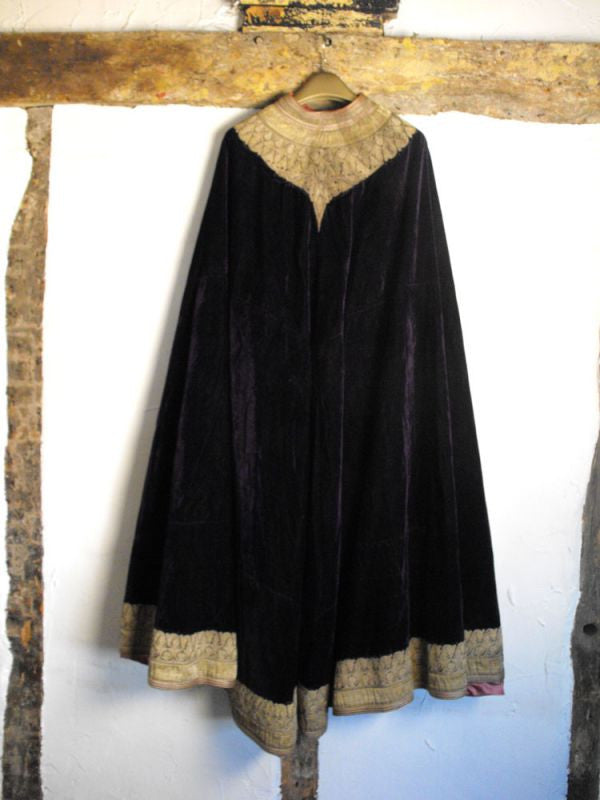
An overdress or coat dress, the pelisse fit relatively close to the figure (though not tight) and was styled along the same high-waisted lines as the dress of the day. The pelisse, however, was a better choice of outerwear for cooler weather. After 1804, the style of spencer more familiar to Regency readers, came into vogue, usually sporting a standing collar which might be high enough to fold over in cool weather the spencer could even be fur lined or be worn with a fur tippet or pelerine (2) over it to add warmth. Also prior to 1804, the spencer, though it was tight under the bosom, might have a loose `skirt' descending to below the natural waist. At this time, they were often made of white or black lace over colored sarsnet. This sleeveless garment might be worn indoors as well as out, and is sometimes referred to as a canezou or hussar vest. Early in the century, the spencer was a collar-less, sleeveless overblouse, that might be pulled on over the head rather than having the more standard front opening. They were often in a darker, contrasting color to the dress beneath. They could be worn either open or buttoned tightly over the bosom. Spencers fit tightly to the body, hugging it as closely as a bodice. To counteract death by fashion, the pelisse and spencer soon became standard wear among Regency belles. 1803 was a devastating year for the fashionable lady a goodly number of them perished from the "muslin disease," the popular name given a French influenza epidemic credited with carrying off scores of scantily dressed ladies who'd braved the frigid weather in little more than wispy sheaths. The pelisse has a somewhat more mundane genesis: with the fashion of the time favoring lightweight fabrics with almost no underclothing, women were literally freezing to death.

It wasn't long before the fair sex took up the style (1) - the bottom of the jacket raised to match the high waists of the current fashion- and a Regency classic was born.

Either way, Lord Spencer apparently found the tail-less riding coat to his liking and instructed his tailor to make him several more in the same style. It seems the gentleman in question either had the tails torn from his riding coat when he fell from his horse or had them singed off after he backed too close to the fire while warming himself. While references agree that Lord Spencer inadvertently engendered the style through a mishap what exactly the mishap was, however, is not generally agreed upon. The spencer- a close-fitting, tight sleeved, waist length jacket modeled on a gentleman's riding coat, but without tails- is said to be the invention of one Lord Spencer. The only thing I do not thoroughly like is, that she seems to be sitting out of doors, with only a little shawl over her shoulders - and it makes one think she must catch cold."Įmma In 1799, as the 18th Century was quietly taking its last breath and the craze was for all things classical, the spencer and pelisse were making their debut. I do not know any body who draws so well as you do. "So prettily done! Just as your drawings always are, my dear.


 0 kommentar(er)
0 kommentar(er)
